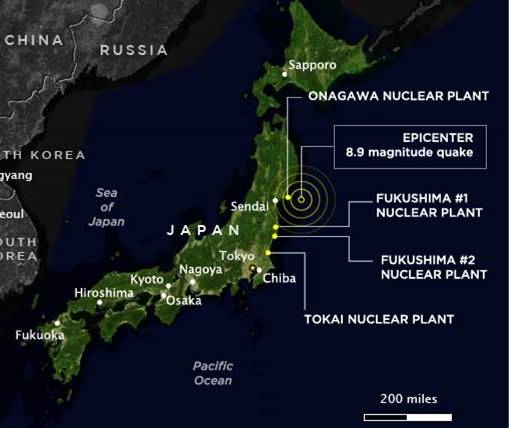Back in January, Texans For A Sound Energy Policy (TSEP) filed formal legal contentions with the Nuclear Regulatory Commission (NRC) urging denial of Exelon’s application for an Early Site Permit (ESP) for a proposed nuclear power plant site south of Victoria, Texas.
Yesterday, TSEP appeared at a hearing before a three-judge panel of the Atomic Safety & Licensing Board (ASLB) to press its legal and scientific arguments. This is the first NRC proceeding since onset of the ongoing Japanese nuclear disaster.
TSEP argued that nuclear power is a high risk, high stakes business, and that the events in Japan must be paramount in the board’s determination of the suitability of the site for the construction of one or more nuclear power reactors – a determination that includes both safety concerns and environmental impact concerns. TSEP believes that this site is neither safe nor environmentally acceptable and that the key to preventing nuclear and environmental disasters is to address site selection honestly, openly and comprehensively.
From a safety perspective, TSEP has raised four proposed contentions and noted, from the outset, their concerns with the cavalier attitude of Exelon, and a process that appears designed to deliberately obscure key safety issues regarding the site from the public.
TSEP said that their perception is that Exelon believes that it does not matter if there is faulting, hundreds of oil and gas wells, toxic gas and methane and inadequate water supply as long as the power block itself is not directly affected. Additionally, there is a total disdain for any instability and uncertainty of the geologic platform for the proposed facility which is silt and clay riddled by fractures and oil and gas penetrations. That coupled with the fact that there is co-location with toxic and explosive gas poses potential dangers to the safe operation of a nuclear
TSEP believes good engineering can address many potential safety issues, but that we cannot engineer around issues that are not recognized, studied and evaluated.
In light of what the Fukushima Dai-ichi plant is dealing with, water – which has been a major environmental concern – now shows itself to be a major safety issue. According to Jim Blackburn, the attorney representing TSEP,
Exelon’s proposed plan includes a cooling pond that is clearly crossed by two and potentially four subsurface faults. These faults clearly threaten the stability of the cooling pond. Exelon does not deny this but instead argues that it does not matter if the cooling pond fails because it is not a safety feature. It seems that the Japanese situation suggests that a reserve supply of water may in fact be a major safety issue. Without the salt water to pour on the core as a last resort, the situation in Japan would already have been worse. There is no such fall-back plan here. The cooling pond would function as a last resort facility, but it may in fact be breached and drained, assuming sufficient water to fill the pond at all.
Click here to watch a segment of the Rachel Maddow Show for information on spent fuel pools.
We hope the NRC will slow some of these license approvals and re-licensing applications down until they have had time to evaluate what worked and what didn’t work when backup systems fail.
The ASLB will be reviewing and deciding which contentions put forth by TSEP will be heard in a licensing hearing later this year.








